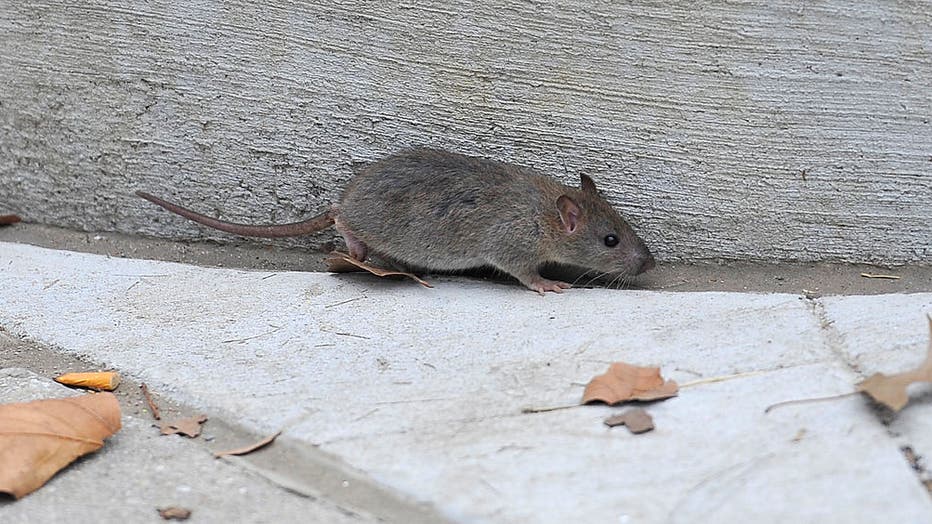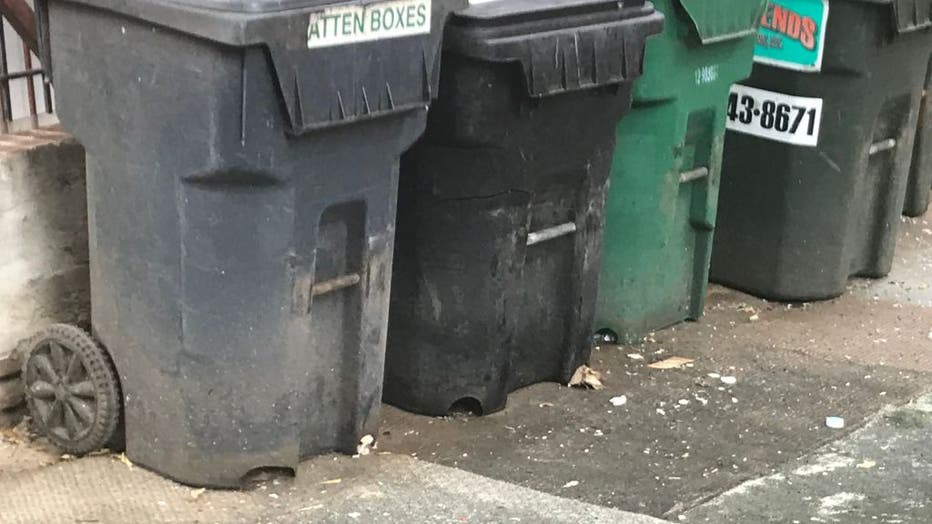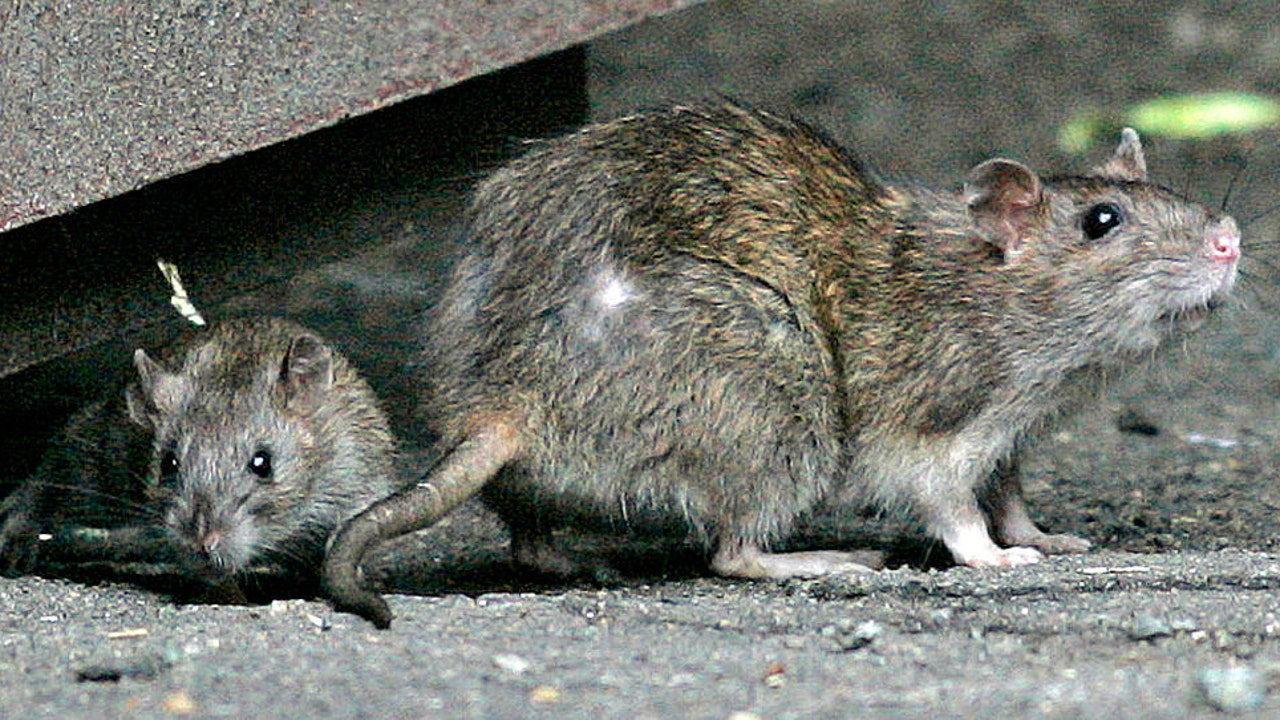 article
article
FILE-Two rats emerge from under a dumpster in a neighborhood. (Photo by George Rizer/The Boston Globe via Getty Images)
WASHINGTON, D.C. – The war on rats in Washington D.C. is not going well. But if the city takes a page out of New York’s waste management workbook, there could be a silver lining piercing the darkness of the sewers.
The District’s war on rats
While New York City’s data-driven strategy of sealed garbage bins and stricter sanitation rules appears to be driving rodent numbers down, D.C. continues to see rat sightings rise across neighborhoods—from Shaw and Adams Morgan to Capitol Hill.
According to an analysis cited by The Economist, rat complaints in D.C. rose nearly 13-fold between 2014 and 2024, making the nation’s capital one of the country’s fastest-growing urban rat hubs. New York, by contrast, has managed to reverse course through aggressive containment and better trash collection practices.

WASHINGTON, DC FEBRUARY 04: A rat running along the sidewalk near McPherson Square as Occupy DC was cleared out on February 04, 2012 in Washington, DC. (Photo by Mark Gail/The Washington Post via Getty Images)
Trash talk
Experts who have studied rat population dynamics say D.C.’s rodent problem isn’t about killing rats; it is about feeding them. The city does not consistently require rat-proof trash bins from private contractors, according to the Economist report. This, unfortunately, leaves many neighborhoods totally dependent on cheap plastic containers or torn bags that rodents don’t even have to scratch a tooth to chew through.
And word spreads fast among the rat community. D.C. is a word-of-mouth all-you-can-eat buffet that has free entry. And there are multiple locations! Rats can access the trash from the city’s pallets, construction zones and – best of all – restaurant corridors. When the weather is warm and wet, rat populations begin to spike. In the winter, rodent populations are at their lowest, according to DC Health.
DC Health recommends preemptive steps: storing trash in robust containers with tight lids, inspecting and sealing cracks before temperatures drop, and eliminating yard clutter or weeds that serve as potential rat hotels.

Trash cans lined up in an Adams Morgan alley have holes in the bottom corners, which rat exterminators describe as a sign that rodents have bitten through. City officials and exterminators examined the alley August 8, 2019, as part of a two-day rat a
What’s Working in New York
In contrast, New York City launched a sweeping waste overhaul in 2023, led by sanitation chief Jessica Tisch, now the NYPD’s top cop.
The city mandated that 70% of buildings use sealed, rat-resistant bins with lids, with additional pilots expanding to larger residential buildings. Early data show that monthly rat sightings are declining.
RELATED: ‘Rats the size of cats’: Adams says number of rats in NYC dropped thanks to new garbage bins
New York’s experiment with what it calls “containerization”, which means replacing open plastic bags with lidded bins, appears to be tipping the balance against Rattus norvegicus, the brown rat species that dominates urban landscapes.
The results have positioned New York as an unlikely role model in pest control. “Who has the better football team?” could be a thing of the past. The new rivalry is over who has the least-problematic rat problem.
Where D.C. Goes From Here
Mayor Muriel Bowser’s administration has expanded pest control contracts and invested in smart sensors to track rat activity in the past, but the city still lacks a coordinated container mandate.
Without stronger trash containment rules, experts warn that Washington’s rodent problem will only worsen — especially as mild winters and dense development continue to create ideal breeding conditions.
If New York has shown that cities can outsmart rats with the right tools, D.C.’s struggle may prove the opposite: when it comes to trash, the capital’s war on rats is still being fought on their terms.
The Source: Reporting on this article is based on information from D.C. Health and Mayor Muriel Bowser’s Office, as well as reporting from The Economist – “A Data-Rich Look at New York’s Battle Against Rats.”

